1781-1814
The Inspiration
The calling of our Foundress, Marie Madeleine d’Houët, is captured in the beautiful name she chose for her congregation: Faithful Companions of Jesus.
Di Più
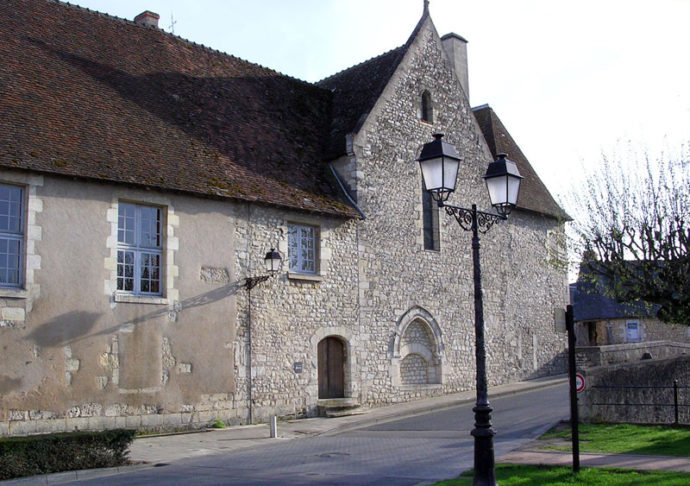
Our Society, Faithful Companions of Jesus, was founded in Amiens in France in 1820 by Marie Madeleine de Bonnault d’Hoüet. As a young widow with a son, Marie Madeleine felt called by God to form a Society of apostolic women who would take their inspiration from Mary and the Holy Women of the Gospel. Below is an overview of the history then begun.
1781-1814
The calling of our Foundress, Marie Madeleine d’Houët, is captured in the beautiful name she chose for her congregation: Faithful Companions of Jesus.
Di Più
1814-1820
Marie Madeleine, a young, grieving widow with a small son, born after his father’s death, was living through dark times. Certain Jesuits, by their spiritual guidance, were instrumental in enabling her to discern her vocation to the religious life. The apostolic congregation she founded was explicitly inspired by Ignatian spirituality, and the FCJ Constitutions have their origin in those of the Society of Jesus.
Di Più
1820
It was in Amiens, then one of the principal centres of the cloth trade in France, that Marie Madeleine became acutely aware of the social problems that had surfaced in the wake of the Industrial Revolution, as large numbers of people, seeking employment in the local textile factories, moved from rural settings to the city.
Di Più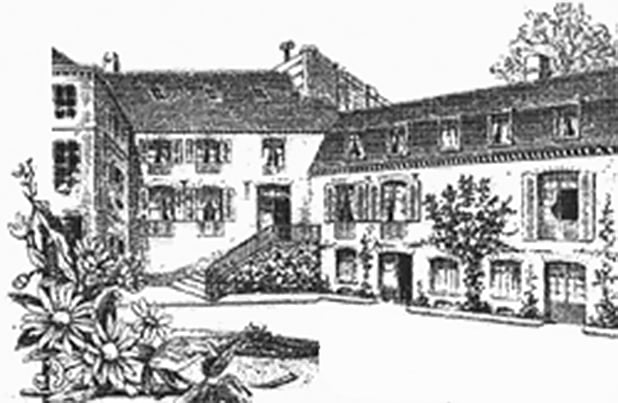
1820
It is thought that the first members of the Society of the Faithful Companions of Jesus were fourteen in number, but we know the names of only seven of them: Louise Legrand, Louise Melaut, Honorine Moreau, Louise Delaruelle, Marie Lenssens, Anna Ravon and Julie Guillemet.
Di Più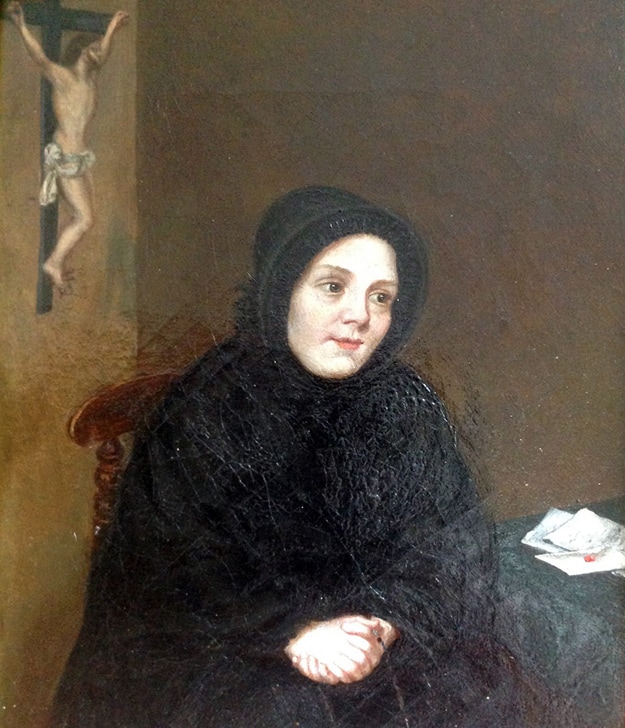
1820-1858
Because of the growing reputation of the new congregation, a number of bishops invited the FCJs into their dioceses, to provide schools and instruction in the faith for their people. Because of strong opposition from certain Gallican bishops, expansion in France was beset with difficulties. In spite of this, before her death in 1858, Marie Madeleine had succeeded in setting up a number of flourishing schools in different parts of that country, and also in England, Switzerland, Italy and Ireland.
Di Più
1847
The political and social climate in France in 1847 was anything but favourable to religious congregations. Despite a decree prohibiting the establishment of further religious communities, the Archbishop of Paris, Monseigneur Affre, who had known Marie Madeleine when he was a priest in Amiens and was her friend and a supporter of the Faithful Companions of Jesus, warmly welcomed the Sisters to his Archdiocese.
Di Più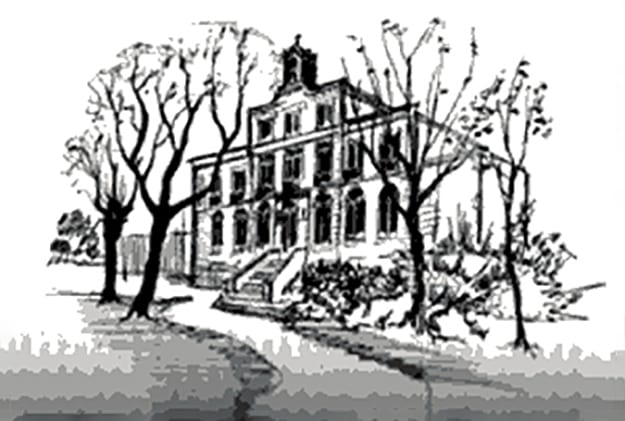
1858
On 5 April 1858, Marie Madeleine died in Paris at the age of 76. She had guided the fledgling Society through its early years, and had governed it for 32 years as its elected Superior General.
Di Più
1858-1914
After Marie Madeleine’s death in 1858, Josephine Petit was elected Superior General. She died 30 years later leaving a rich legacy to the Society. In the last decade of her life, she seemed to discover within herself a true missionary spirit, and had established a number of houses in Australia and Canada.
Di Più
1914-1947
Philomena Higgins, an Irishwoman, the first non-French Superior General, was elected in Brussels on 2 August 1914, the day of the invasion of France by Germany – the invasion of Belgium took place on the following day. Consequently her early years as Superior General were deeply shadowed by the Great War.
Di Più
1948-1975
The Second Vatican Council, which opened in 1962 during the pontificate of John XXIII and ended in 1965 during that of Paul VI, was arguably the most important event of the twentieth century for the Catholic Church. The Council proposed a radical change of spiritual and theological perspective, moving from world-estrangement to world-engagement, and giving close consideration to various aspects of modern life in a spirit of openness rather than condemnation.
Di Più
1975-1993
Sr Breda O’Farrell is widely recognised as having injected the charism of the Faithful Companions of Jesus with new life and meaning. She requested, and eventually received, permission for the FCJs to use the Jesuit Constitutions. A new text was established, and the longed-for, long-awaited approval was finally given in 1985. Breda foresaw that future changes to these Constitutions would be rare, but that interpretation through General Chapters would ensure their continuing relevance for the corporate life of the Society.
Di Più
1960-2012
Stella Maris in Broadstairs Kent, England was for many years the home and place of work of the central administration of the Faithful Companions of Jesus, meaning it was the Generalate.
Di Più
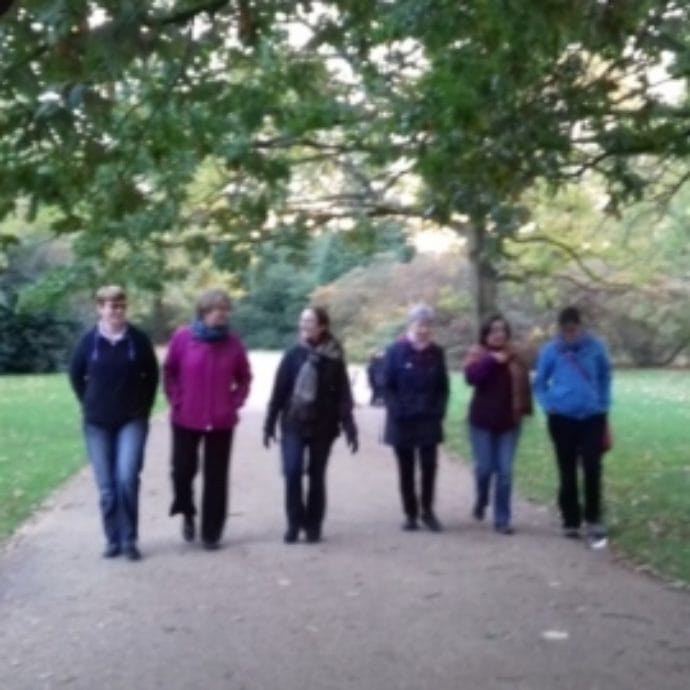
Invia il tuo indirizzo e-mail e una suora FCJ ti contatterà.
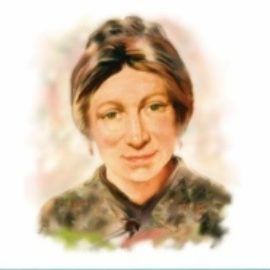
Chiediamo a Nostro Signore di darci lo spirito della Compagnia di Gesù. Siccome abbiamo le Costituzioni, è volontà di Dio che noi abbiamo il suo spirito.
This series of ONLINE workshops for young adults is starting tomorrow:Principles of Ignatian Discernment | Becoming free | Making value based choices ... See MoreSee Less
This content isn't available at the moment
When this happens, it's usually because the owner only shared it with a small group of people, changed who can see it, or it's been deleted.0 CommentsComment on Facebook
Blessings to our FCJ Sisters Lynne Baron and MaryAnne Francalanza visiting the University of Malta Chaplaincy this week. ... See MoreSee Less
This content isn't available at the moment
When this happens, it's usually because the owner only shared it with a small group of people, changed who can see it, or it's been deleted.0 CommentsComment on Facebook
Just after sharing this we have heard the news of the 7.7 earthquake in Central Myanmar... Our prayers are with the people there. ... See MoreSee Less
This content isn't available at the moment
When this happens, it's usually because the owner only shared it with a small group of people, changed who can see it, or it's been deleted.0 CommentsComment on Facebook
Sr Marion Dooley fcJ was taken by surprise when this appeared on her FB page. She says: "... so touched by the love, thoughtfulness and generosity behind it. It is the best gift possible - to provide clean water in the Kyaukpadaung, Mt. Popa, Dry Zone of Central Myanmar.So many wonderful memories came flooding back of treasured friendships with Rosemary Breen, Maw Maw and Saya Toe. Heartfelt thanks for this precious gift and for your love and faithful commitment to providing clean water to numerous schools, homes and villages over these past fourteen years. You are incredibly close to your target of 500 Water Tanks, Rosemary! Congratulations, love and many blessings to each of you for what lies ahead." ... See MoreSee Less
This content isn't available at the moment
When this happens, it's usually because the owner only shared it with a small group of people, changed who can see it, or it's been deleted.0 CommentsComment on Facebook
What a beautiful video by Genazzano FCJ College girls explaining the importance of valuing the diversity in their community, marking #HarmonyWeek ... See MoreSee Less
This content isn't available at the moment
When this happens, it's usually because the owner only shared it with a small group of people, changed who can see it, or it's been deleted.1 CommentComment on Facebook
Beautiful! Thank you Gen girls
FCJ Spirituality Centre London invites you to their monthly ONLINE evening retreats, a reflective and prayerful time. This month's retreat will be on Thursday 20th March, a Lenten Service of Lament and Healing. ... See MoreSee Less
0 CommentsComment on Facebook
... See MoreSee Less
This content isn't available at the moment
When this happens, it's usually because the owner only shared it with a small group of people, changed who can see it, or it's been deleted.0 CommentsComment on Facebook
If you are intrigued by the word "discernment" and how to make life decisions with God (i.e. finding God's will for your life) here is a series of online workshops for young adults that may be of interest: ... See MoreSee Less

Discernment Workshops - Faithful Companions of Jesus
www.fcjsisters.org
An ONLINE series of workshops on the Principles of Ignatian Discernment, Becoming free, and Making value based choices.1 CommentComment on Facebook
Facebook event is fb.me/e/4yx4tnFht
What does it mean to be in a COVENANT? It is a solemn undertaking that brings two parties into relationship, with rights and responsibilities on both sides. The covenantal relationship between God, creation and all humanity is expressed, developed and repeated throughout scripture... and we know and understand it within our very selves. I am not separate from the air that I breathe, the water I drink.... ... See MoreSee Less
0 CommentsComment on Facebook
A wonderful set of initiatives if you live in London at FCJ Spirituality Centre London! ... See MoreSee Less
This content isn't available at the moment
When this happens, it's usually because the owner only shared it with a small group of people, changed who can see it, or it's been deleted.0 CommentsComment on Facebook
This is a beautiful time in the UK - spring is coming and the earth is waking up. There are flowers everywhere as the midday sun begins to have some warmth in it, and people are out a little more. The world news, on the other hand, seems to lurch from crisis to crisis as we focus on the actions of a powerful few.... ... See MoreSee Less
1 CommentComment on Facebook
Thank you for sharing this message. Here in Canada we need to have hope more than ever.
Caritas Westminster Food Programme Support Officer Iman joined a team of volunteers led by Sr Christine Frost fcJ MBE, from the charity Neighbours In Poplar on a trip to Calais. You can read his reflection in the Caritas Westminster blog.Sr Christine fcJ has been travelling to Calais regularly since 2016, supporting several charities with donations and developing important relationships with them. After hearing about this incredible outreach, Iman asked if he could join the next visit to Calais, to see for himself how charities are working to support asylum seekers and refugees.Neighbours in Poplar at St. Matthias Community Centre, London E14 0AE, is a collection point for Care4Calais, a volunteer run charity delivering essential aid and support to refugees living in the worst conditions across Northern France and Belgium.Photo credit: Care4Calais website ... See MoreSee Less

A Visit to Calais - Faithful Companions of Jesus
www.fcjsisters.org
Caritas Westminster Food Programme Support Officer Iman joined a team of volunteers led by Sr Christine Frost fcJ on a trip to Calais0 CommentsComment on Facebook
... See MoreSee Less
This content isn't available at the moment
When this happens, it's usually because the owner only shared it with a small group of people, changed who can see it, or it's been deleted.0 CommentsComment on Facebook
Lots of things happening at FCJ Spirituality Centre London. Check their recent newsletter ... See MoreSee Less
This content isn't available at the moment
When this happens, it's usually because the owner only shared it with a small group of people, changed who can see it, or it's been deleted.0 CommentsComment on Facebook
The FCJ Sisters in Yogyakarta would like to thank the kind and generous support of donors. This support to people who are in need brings joy and hope of the future.www.fcjsisters.org/news/thanking-the-generous-support-of-donors-2/ ... See MoreSee Less

0 CommentsComment on Facebook